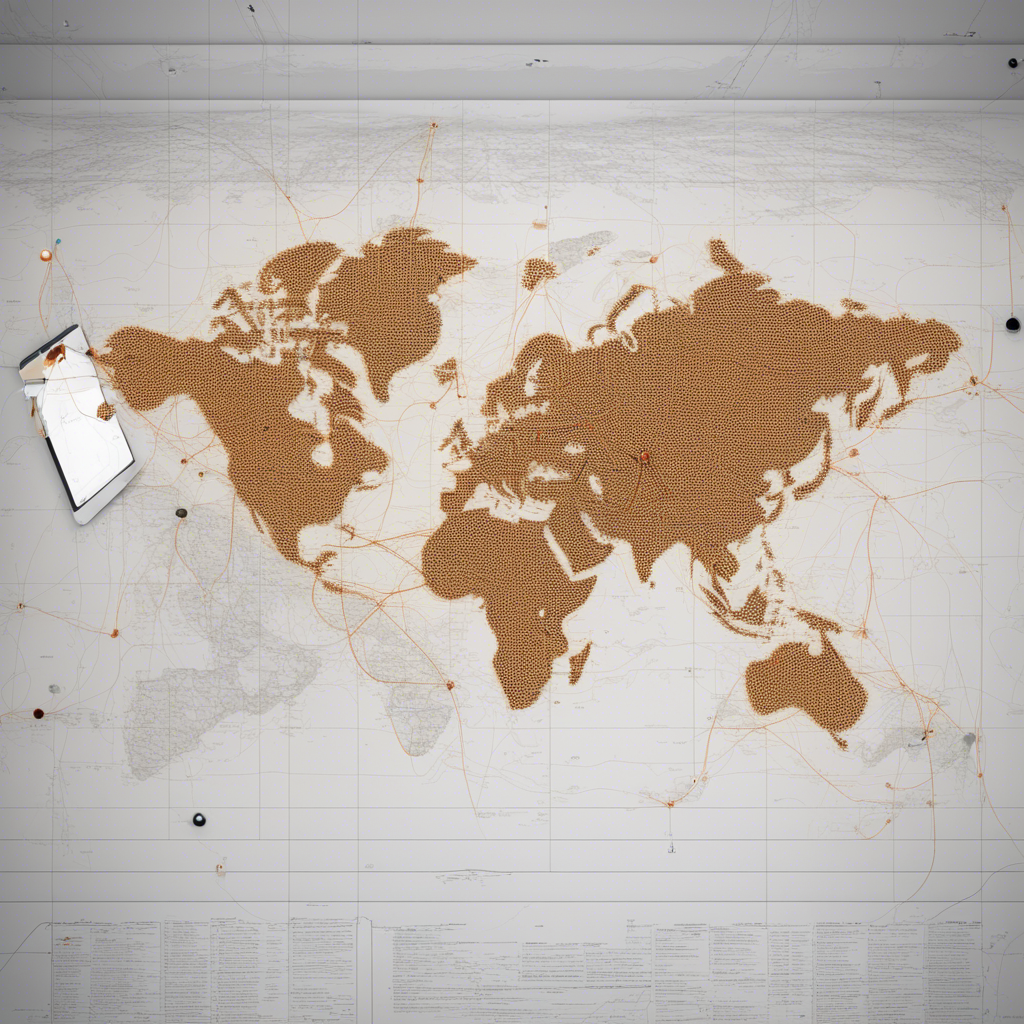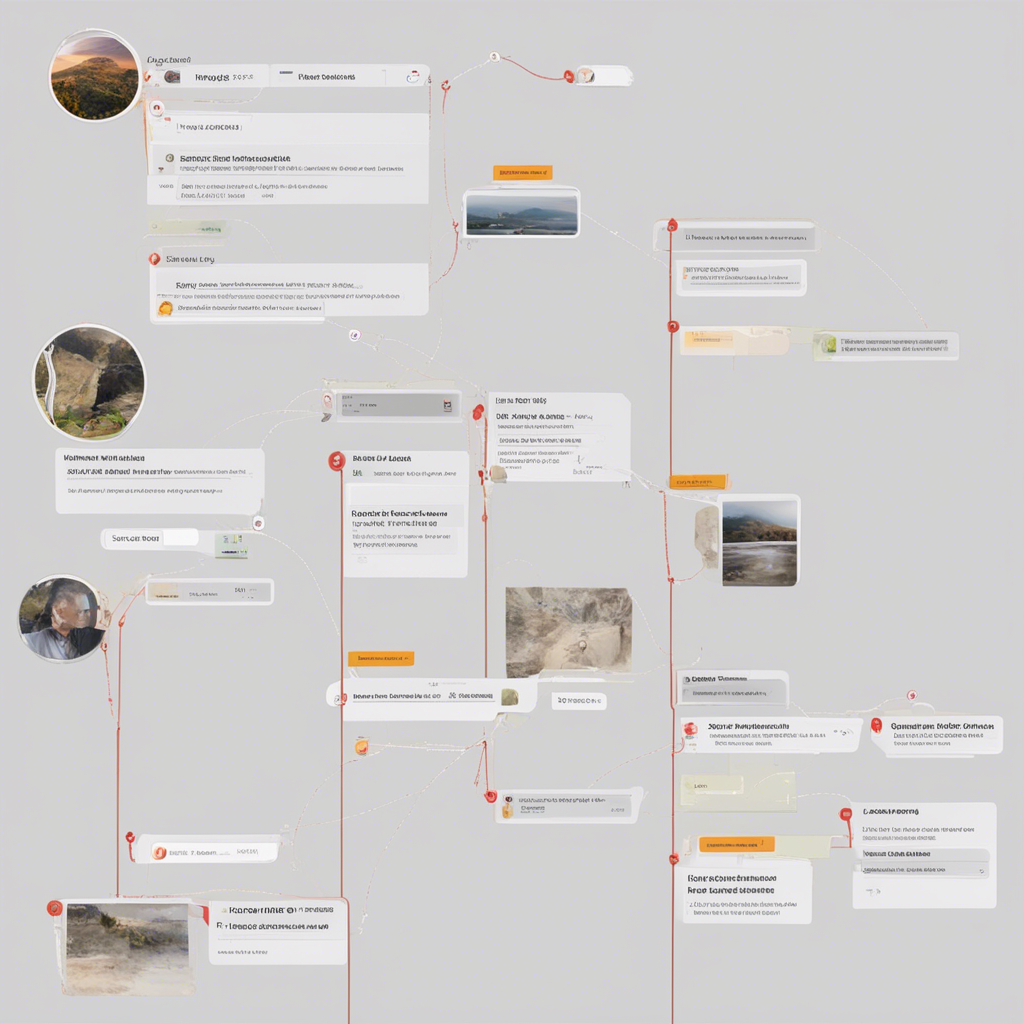
Writing User Stories for Successful Product Development
User stories play a crucial role in agile product development. They serve as a means to describe the desired functionality from the end user’s perspective. User stories help prioritize features and guide the development team throughout the project. In this blog post, we will explore the key elements of writing effective user stories and discuss best practices for successful product development.
Introduction to User Stories
User stories are concise, informal descriptions of a feature or functionality of a software product. They capture the user’s perspective and outline the desired outcome. A typical user story format consists of the following elements:
- As a [user role]
- I want [feature or functionality]
- So that [reason or benefit]
For example:
- As a user, I want to be able to search for products by category, so that I can quickly find what I’m looking for.
Key Elements of Effective User Stories
To ensure user stories are valuable and actionable, they must possess the following key elements:
1. User-Centric Focus
A user story should always begin with a clear identification of the user role. It is important to understand the target audience and their goals to craft user stories that align with their needs.
2. Conciseness
User stories should be kept short and simple. They should focus on a specific user need or functionality. Avoid including implementation details in user stories, as they can limit creativity and flexibility during development.
3. Testability
A well-written user story should be testable. It should be clear what needs to be done to validate the functionality and ensure it meets the user’s expectations. Testability helps in defining and executing effective acceptance criteria.
4. Business Value
Each user story should articulate the value it delivers to the end user or the business. The “So that” part of a user story is crucial in defining the purpose and benefit behind a feature. This enables the development team to prioritize user stories based on their value.
5. Independence
User stories should be independent of other user stories. They should stand on their own, allowing the team to prioritize and implement them in any order. Independent user stories provide flexibility and adaptability to changing requirements.
6. Estimability
It is important that user stories are estimable, meaning they can be reasonably estimated in terms of effort or complexity. This helps the development team in planning and forecasting the project timeline.
Best Practices for Writing User Stories
To ensure success in product development, consider the following best practices when writing user stories:
1. Involve Stakeholders
Collaborate with stakeholders, including product owners, users, and developers, to gather insights and define user stories that meet their needs. This ensures user stories are aligned with the product vision and goals.
2. Prioritize User Stories
Prioritize user stories based on their business value and impact on the user experience. This helps in determining which features should be implemented first and allows for incremental development and iterative improvements.
3. Use Acceptance Criteria
Include clear and measurable acceptance criteria for each user story. Acceptance criteria outline the specific conditions that must be met for a user story to be considered complete. This ensures the development team and stakeholders have a shared understanding of what needs to be delivered.
4. Break Down Complex Stories
If a user story seems too large or complex, consider breaking it down into smaller, more manageable stories. This allows for better estimation, tracking, and incremental development.
5. Visualize User Flows
Use diagrams, flowcharts, or other visual aids to illustrate user flows and interactions. Visual representations can enhance understanding and facilitate effective communication between development teams and stakeholders.
Conclusion
Writing user stories is a critical part of successful product development. They serve as a communication tool between the development team and stakeholders, ensuring that the end product meets user needs and provides value. By following the key elements and best practices discussed in this blog post, you can craft user stories that drive effective and efficient development processes.
Remember, user stories should be user-centric, concise, testable, valuable, independent, and estimable. Involve stakeholders, prioritize user stories, define acceptance criteria, and consider breaking down complex stories. Visuals can also greatly enhance the understanding and communication of user flows.
By applying these principles and best practices, you will be well-equipped to write user stories that contribute to the successful development of your product.
References:
- Agile Alliance. (2021). User Stories. Retrieved from https://www.agilealliance.org/glossary/user-stories/
- Ambler, S. W. (2020). User Stories. Retrieved from https://www.agilemodeling.com/artifacts/userStory.htm
- Cohn, M. (2004). User Stories Applied: For Agile Software Development. Addison-Wesley Professional.






